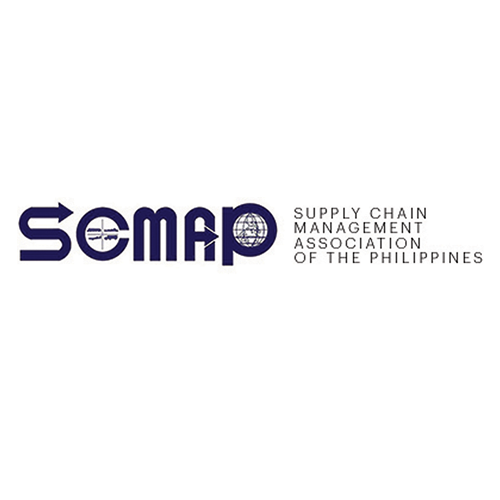It’s the beginning of a new year, and with it comes two questions: “What could happen?” and “What can we do to make things better?”
There’s not much clarity on the first, although it’s a relief for me to be able to say that it looks a bit clearer than it was at this point last year. The Philippines continues to emerge, cautiously, from the worst of COVID-19, although the Omicron variant remains a threat, with other countries reintroducing restrictions. Here, while the goal posts have moved towards returning the economy to where it was before March 2020, there is still a good amount of unease: between some businesses still struggling to reestablish themselves and a sense of complacency, there’s still a lot to sort through before we can get clarity.
Of course, the pandemic is not the only story we all have our eye on in the coming year. We’re choosing new leaders in May, and in the coming months we’ll hear from presidential aspirants as they lay out their vision for the next six years—hopefully with supply chain concerns among them. The past couple of years provided yet another example of the important role our industry plays in ensuring competitive businesses and happy Filipinos. Yet our struggles to keep costs just as competitive continue. Here’s hoping we hear definitive plans—and that those plans get acted on, whoever gets elected.
The onslaught of Typhoon Odette also brings home the urgency of addressing the country’s long-standing supply chain issues. Once again we saw help and relief operations struggle to get to affected areas as quickly as possible, leading to a gloomy Christmas for many of our countrymen. We know firsthand that efforts are underway to address these issues, but calamities like this remind us that we still have a long way to go.
So, what can we do to make things better? A key message we have been seeing all this time—and highlighted throughout the pandemic—is the need to invest in capacity, whether it be physical facilities and infrastructure, technological facilities particularly on Internet connectivity, tools and implements like vehicles and machinery, or competencies among logistics frontliners.
The challenge, as we all know, is the balance between short-term results and long-term ones. Investments in capacity are a long waiting game. Sure, we are seeing a rush of interest in the supply chain sector, both globally and locally—perhaps a response to the need for more efficiencies in light of the pandemic and its resulting difficulties—but this tends to be targeted at aspects of the supply chain that are particularly profitable, like last mile logistics. In the Philippines, an imbalance between urban and rural areas persists, as companies pursue opportunities prevalent in more mature markets. Take cold storage, and how new state-of-the-art facilities tend to serve major cities. Ideally we’d also see these facilities serve agricultural hubs, but high energy and investment costs deter entities who hope for a quick turnaround. The slow vaccine rollout—and food security issues caused by Odette—brings home these issues further.
For better or worse, the private sector is in the business of earning a profit, so it is up to the public sector to get the ball rolling in addressing these supply chain capacity issues. The government plays a key role in fostering an environment that encourages investment, wherever it may be in the country—whether it be through policy and regulations, or through physical infrastructure. Understandably even this is difficult, and while efforts continue, they can be slow. Perhaps it’s also the political reality of getting something done just before the elections, lest one be seen as “not doing anything”, that makes long-term plans less alluring. And then a massive disruption comes along and the same problems rear their ugly heads.
The answer, perhaps, is once again “keep up and go further”. The continuing uncertainty means the ball may not move much in the short term, but we hope that in the coming years all stakeholders come together to address our capacity issues and finally make our supply chain networks competitive, resilient and agile. The seeds sown in the past few years—of strengthened collaboration between the public and private sectors—provide the building blocks, plus the new political cycle looming could provide an opportunity to move things further. As we emerge from the biggest disruption all of us have seen in many years—perhaps our lifetimes—there is a chance to reconfigure the way we operate across the country, to one that can respond to any and all needs wherever we may be in the country, no matter what time it is, rain or shine.
And with that, we hope for a better 2022 ahead of us.
Henrik Batallones is the marketing and communications director of SCMAP, and editor-in-chief of its official publication, Supply Chain Philippines. More information about SCMAP is available at scmap.org.





